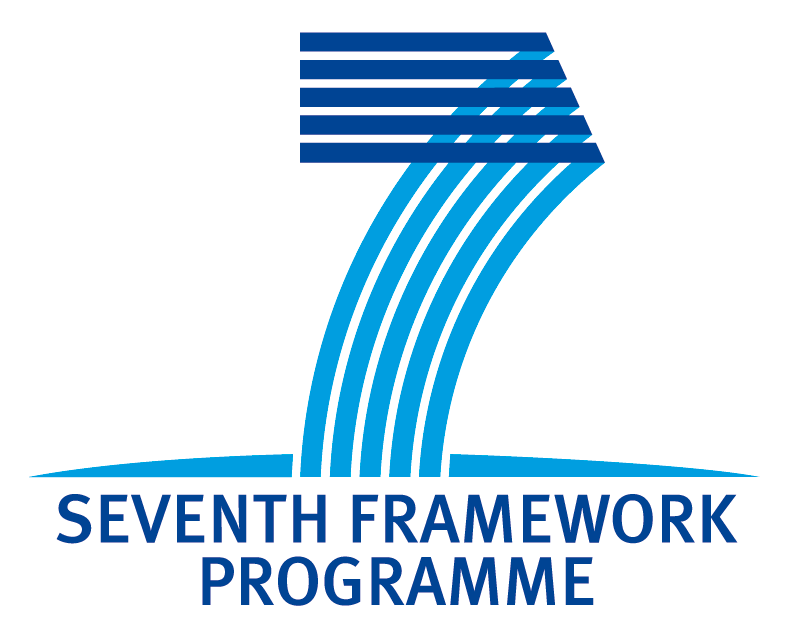Treatment of Inherited Severe Photoreceptor Diseases
The retina represents an ideal target for gene therapy approaches because of the size of the eye, which allows the use of small vector doses, and because of its immune-privileged environment. Furthermore, the presence of the blood–retinal barrier, the retinal pigmented epithelium (RPE) and the intracellular junction in the inner retina avoids vector spreading to the systemic circulation. The efficiency of the therapy can be easily monitored via non-invasive and quantitative methods, such as electroretinography (ERG), ophthalmoscopy, optical coherence tomography, the measurement of afferent papillary responses and visual evoked potentials.
The key tool for the development of gene therapy protocols is the viral vector used for gene transfer. Adeno-associated virus (AAV) vectors are the gene transfer system that the AAVEYE consortium is proposing to develop for treatment of severe photoreceptor diseases.
In the case of recessive Retinitis Pigmentosa (RP) and Leber Congenital Amaurosis (LCA), supplying a correct copy of the defective gene represents a potential therapeutic strategy for these otherwise untreatable diseases. To this end, vectors derived from the small AAV are the most promising for somatic retinal gene transfer. A single intraocular injection of AAV results in gene expression sustained for years in photoreceptors or RPE of rodents, dogs, cats and non-human primates. One of the attractive features of AAV as an in vivo gene transfer vector is that the surface capsid proteins can be easily interchanged among different AAVs thus creating hybrid vectors with the vector genome (encoding the therapeutic gene) from one serotype, i.e. AAV2, and the capsid from a different AAV, i.e. 1 or 5 (the resulting hybrid vectors being named AAV2/1 or 2/5). Since capsid proteins are the main determinants of AAV tropism and transduction characteristics, vectors with different capsids have different ability to transduce retinal cells in vivo. Dozens of different AAV serotypes (with different capsids) have been recently isolated from non-human primate and human tissues (Figure 1).

Â
Figure 1. AAV serotypes for gene transfer in vivo.
A few novel AAV vectors (i.e. AAV2/7, 2/8 and 2/9) have been derived from these serotypes and show impressive transduction characteristics in muscle, lung or liver of animal models. AAV2/2, 2/1 and 2/4 have been successfully used to treat RPE specific genetic defects including mucopolysaccharidoses, ocular albinism, RP and LCA due to MERTK and RPE65 gene deficiencies, respectively.
In particular, the most remarkable results using AAV-mediated gene transfer have been obtained in the Briard dog bearing homozygous mutations in the RPE65 gene, a model of LCA. RPE65 gene transfer resulted in stable restoration of visual function, regardless of the AAV vector used, suggesting that, at least in animal models, treatment of RPE-specific diseases does not appear to depend on the capsid used. Partner 2 and others, are testing, for the first time, the toxicity and tolerability of AAV2/2 vectors in the retina of patients with RPE65 mutations for the potential treatment of LCA.
Gene transfer approaches for photoreceptor-specific diseases have been successful in rare cases probably due to limitations of the vector system, the nature of photoreceptor-specific retinal degenerations and constrains in photoreceptor accessibility by vectors.
Considering the severe nature of some photoreceptor degenerations like those due to bPDE and AIPL1 deficiencies, combinatorial therapies aiming at supplying the correct copy of a mutant gene and at decreasing the progression of photoreceptor degeneration acting on mechanisms downstream of the defective gene may be desirable. The efficacy of several neurotrophic molecules or of small molecule drugs is being tested in animal models of photoreceptor degeneration. In addition, research aiming at better elucidating the mechanisms underlying photoreceptor cell death in RP and LCA may promote new therapeutic tools.
In conclusion, developing gene therapy strategies for retinal degenerations as proposed by the AAVEYE consortium has the double advantage of developing a potentially safe cure for these blinding diseases but also as proof-of-concept to test new gene therapy tools for the CNS.

